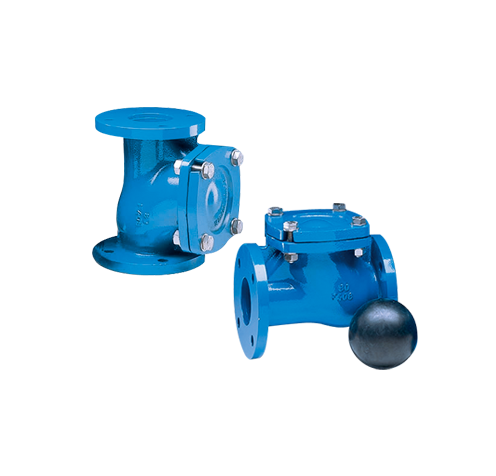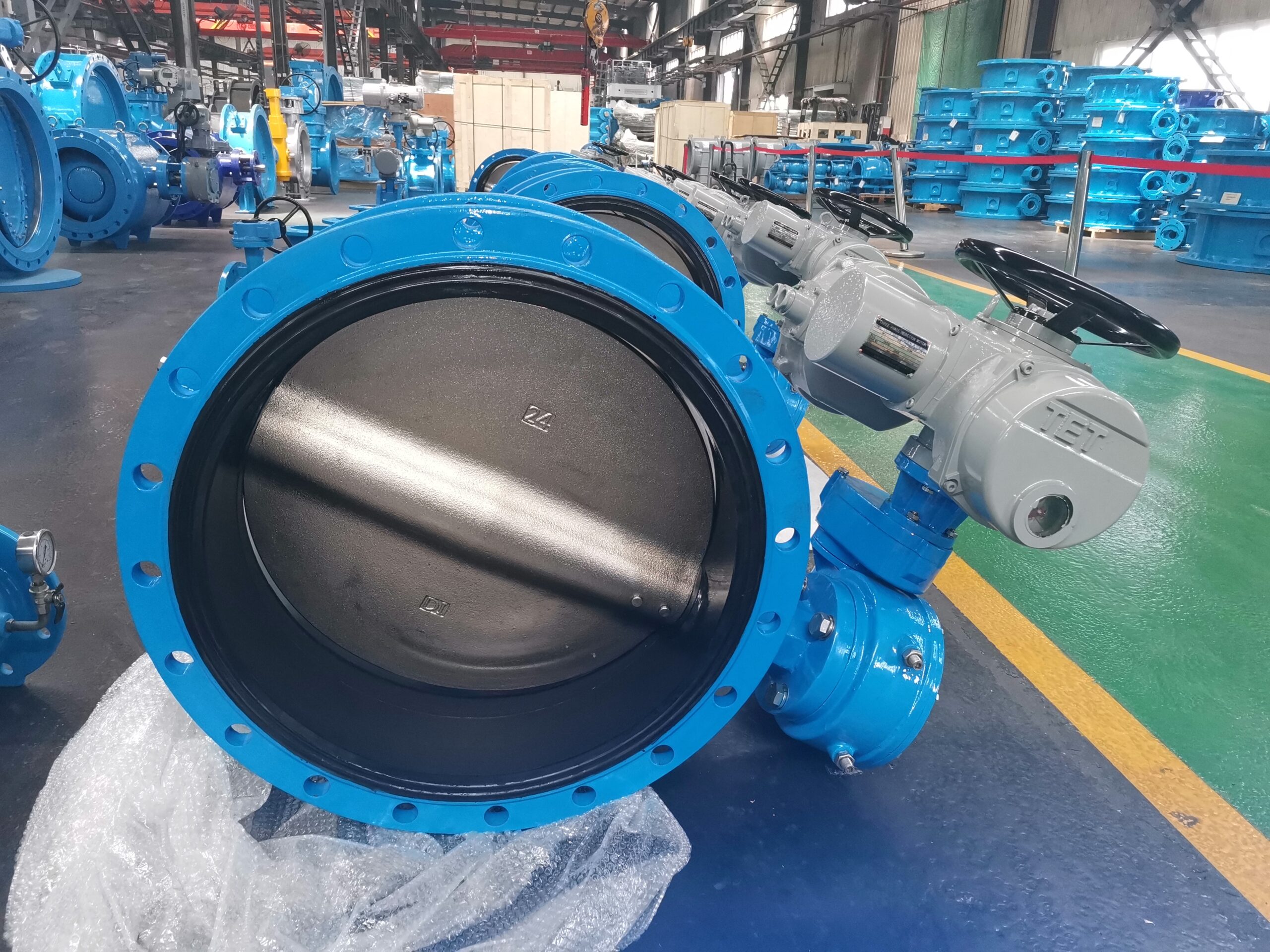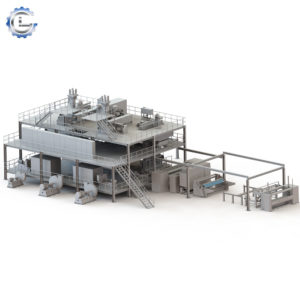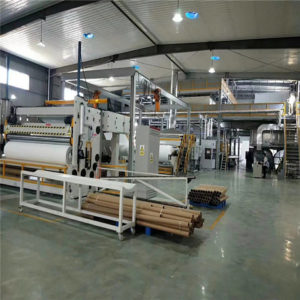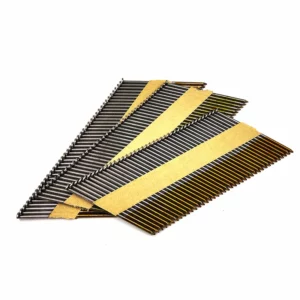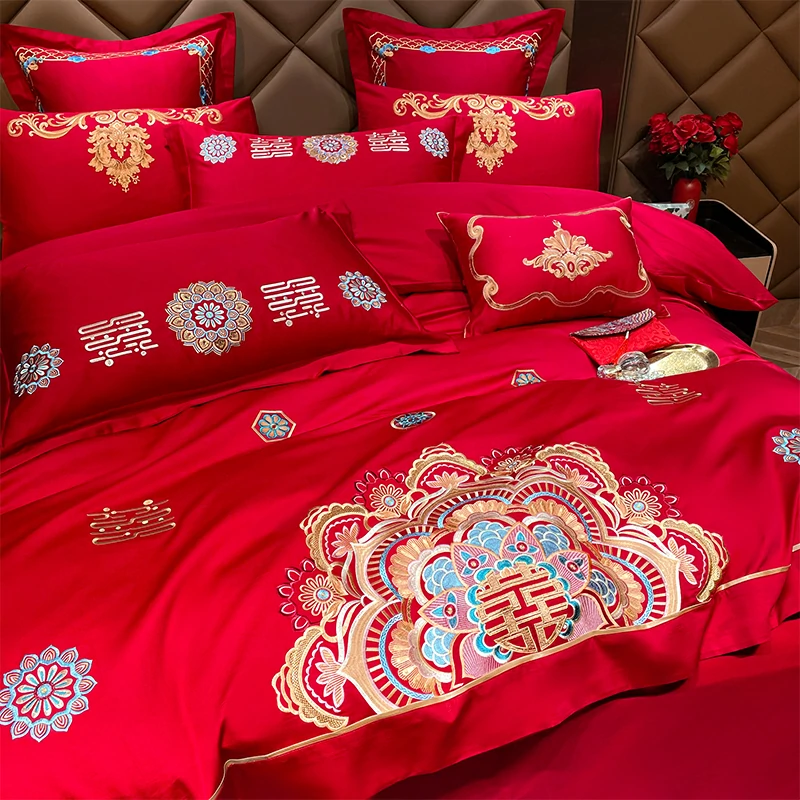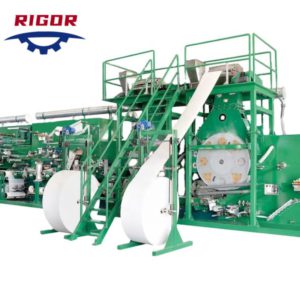PVC (Polyvinyl Chloride) sealing strips are commonly used for various applications, including providing a barrier against external elements such as chemicals. Testing for resistance to chemicals and other external factors is crucial to ensure the sealing strips maintain their integrity and performance over time.
Here are key methods and considerations for testing PVC sealing strips:
- Chemical Exposure Testing:
- PVC sealing strips are exposed to a variety of chemicals that they might encounter during their intended use. This includes common chemicals found in industrial, automotive, or household environments. The strips are typically immersed in or exposed to these chemicals for a specified period.
- Standardized Testing Methods:
- Industry standards such as ASTM (American Society for Testing and Materials) or ISO (International Organization for Standardization) often provide specific test methods for assessing the chemical resistance of materials. These standards guide the testing process to ensure consistency and repeatability.
- Selection of Test Chemicals:
- The choice of test chemicals should be representative of the substances that the sealing strips may come into contact with in their intended application. This can include oils, solvents, cleaning agents, and other potentially corrosive substances.
- Exposure Conditions:
- The testing conditions, including temperature and duration of exposure, should simulate realistic environmental conditions to provide accurate insights into the sealing strip’s performance.
- Visual Inspection:
- After exposure to chemicals, a visual inspection is often performed to assess any changes in appearance, color, surface texture, or overall condition of the PVC sealing strip.
- Dimensional Stability:
- Dimensional stability is crucial. The sealing strip’s dimensions are measured before and after exposure to chemicals to check for any swelling, shrinking, or other changes that could affect its ability to create an effective seal.
- Hardness Testing:
- Shore hardness testing may be conducted to assess the changes in the material’s hardness after exposure to chemicals. Changes in hardness can indicate potential degradation.
- Tensile Strength Testing:
- Tensile strength testing measures the force required to break the sealing strip. This test helps evaluate the material’s resilience and integrity after exposure to chemicals.
- Compression Set Testing:
- Compression set testing assesses the strip’s ability to recover its original shape after being compressed. This is particularly important for sealing strips that experience compression during use.
- Weight Change Measurement:
- Weight change measurements are performed by comparing the weight of the sealing strip before and after exposure to chemicals. Significant weight changes may indicate absorption or degradation.
- Chemical Resistance Ratings:
- Chemical resistance ratings may be assigned based on the observed performance of the PVC sealing strip. pvc sealing strip These ratings provide a quick reference for end-users regarding the strip’s suitability for specific environments.
- Accelerated Aging Tests:
- Accelerated aging tests involve subjecting the sealing strip to conditions (including temperature, humidity, and chemical exposure) that simulate long-term environmental exposure in a shorter time frame.
- Long-Term Exposure Tests:
- In addition to accelerated tests, long-term exposure tests may be conducted to evaluate the sealing strip’s performance over an extended period.
- Documentation and Reporting:
- The results of the testing process, including any changes in properties or performance, are documented and reported. This information is crucial for quality control, compliance, and product development.
Testing for resistance to chemicals and external factors is an integral part of quality assurance for PVC sealing strips. These tests help manufacturers ensure that their products can withstand the conditions they are likely to encounter, providing reliable and effective sealing solutions in various applications.

